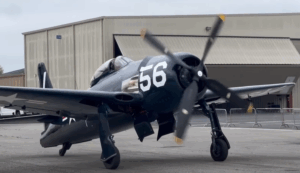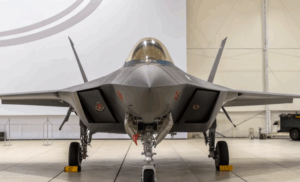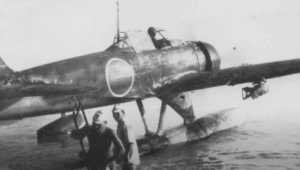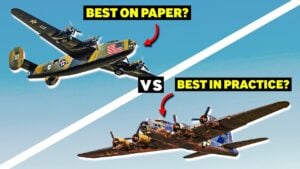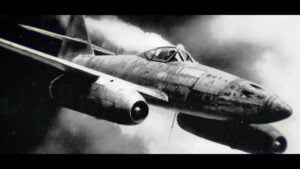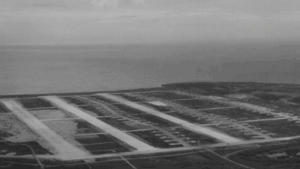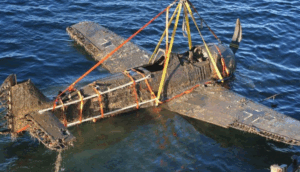5 Incredible Facts About The B-1 Bomber

YouTube / Erik Johnston
The Rockwell B-1 Lance is a strategic bomber that flew for the USAF. Here are five incredible facts about this supersonic variable-sweep wing heavy bomber:
1. It’s turning 50 this December
The B-1 first flew as the B1-A on December 23, 1974, and will be celebrating her 50th birthday in December this year.
Rockwell International originally manufactured it but was later acquired by Boeing in 1996. Rockwell was the original manufacturer and designer until Boeing took over maintenance, support, as well as future upgrades.
2. The B-1 was almost canceled
Under US President Jimmy Carter’s administration, the plane didn’t quite make it past the prototype stage. Carter later on announced the cancellation of the program, stating it was one of the most difficult decisions he’s made since being in office.
President Ronald Reagan who succeeded him had other plans in mind though. He cited the B-1’s cancellation as one of the prime examples of the former President’s perceived weakness in defense issues. After 9 months, Reagan gave the green light to resume the program and on October 1, 1986, the B-1B achieved its official operational capability with the USAF.
3. The B-1A is faster than the B-52 with more payload
Do you know that the B-1B was significantly faster than the subsonic B-52 Stratofortress?
According to the USAF Fact Sheet, the B-1B Lancer could reach a top speed of 900 mph or Mach 1.2 with a payload of 75,000 lbs. Meanwhile, the B-52 can only reach a top speed of 650 mph or Mach 0.84 with payloads of 70,000 lbs.
4. The B-1 wasn’t the US’ first supersonic bomber
While the B-1B was America’s first operational supersonic bomber, the title of America’s first supersonic bomber actually belongs to the Convair B-58 Hustler that started service with the USAF in 1960.
5. It had a rather unique official moniker and unofficial nickname
Many warbirds of the USAF both had an officially designated moniker along with an unofficial nickname that’s popular among its crew.
For instance, the F-16 Flying Falcon is also known as the “Viper,” by the men who flew them. A lot of people are quite familiar with the A-10 Warhog, but not many know that the official name of the plane is the Thunderbolt II, a direct successor of the WWII Republic P-47 Thunderbolt. Similarly, the Lancer is affectionally known by its crews as the “Bone,” which was taken from the spelling of its B-1 designation (“B-one.”)


















